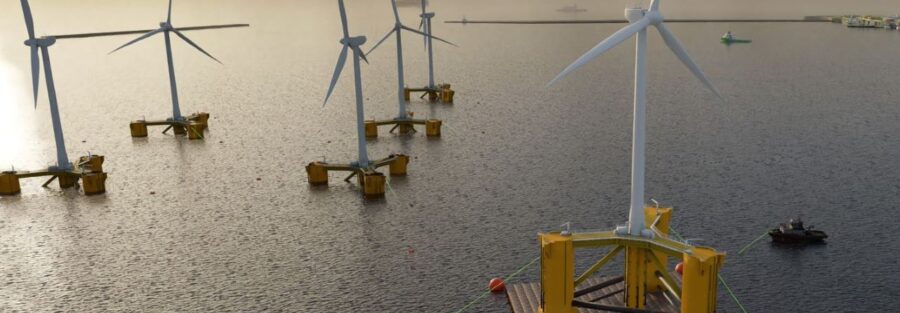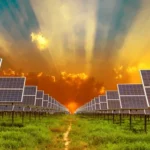Shaping the Future of Sustainable Power
The renewable energy sector has seen tremendous growth in recent years, with advancements in technology, policy, and global demand for clean energy driving innovation. As the world shifts away from fossil fuels, renewable energy is becoming increasingly critical to addressing climate change and meeting sustainability goals. This blog explores the latest trends in renewable energy, highlighting key developments and emerging technologies that are shaping the future of the energy landscape.
Solar Energy Innovation
Solar energy continues to dominate the renewable energy market, and recent innovations are making it more efficient and affordable than ever before. Advancements in photovoltaic (PV) technology, such as bifacial solar panels and perovskite solar cells, are pushing the boundaries of efficiency and performance. Bifacial solar panels capture sunlight from both sides, increasing energy generation by up to 30%. Perovskite cells, which are cheaper to produce, offer the potential for high-efficiency solar power at a fraction of the cost of traditional silicon-based panels. Additionally, energy storage technologies like solar batteries are improving, allowing consumers to store excess energy for use at night or during cloudy days. These innovations are making solar energy an increasingly viable and cost-effective option for homeowners, businesses, and utilities alike.
Wind Energy Expansion
Wind energy is experiencing significant growth, with both onshore and offshore wind installations increasing globally. Offshore wind farms, in particular, are seeing substantial investment due to their ability to generate power in areas with stronger and more consistent winds. Floating wind turbine technology is a major trend in this space, allowing wind farms to be placed further offshore in deeper waters, where traditional fixed-bottom turbines are not feasible. As the cost of wind energy continues to fall, wind power is becoming one of the most competitive sources of renewable energy. Additionally, advancements in turbine design, such as larger blades and higher efficiency generators, are enabling wind farms to generate more power with fewer turbines, improving overall project economics.
Energy Storage and Grid Modernization
Energy storage has emerged as a crucial component of the renewable energy landscape, enabling more reliable integration of intermittent energy sources like solar and wind into the grid. Battery storage technology, particularly lithium-ion batteries, is leading the way, with costs decreasing rapidly and storage capacity increasing. Large-scale storage systems are being developed to help stabilize the grid by storing excess energy generated during periods of high renewable output and releasing it when demand is high or generation is low. In addition to battery storage, alternative storage solutions, such as pumped hydro storage and compressed air energy storage, are gaining attention. Grid modernization efforts, including smart grids and advanced metering systems, are improving energy distribution efficiency and enabling better integration of distributed energy resources.
Decentralized Energy Systems
A major trend in renewable energy is the shift toward decentralized energy systems, which empower consumers and communities to generate, store, and manage their own power. Technologies such as rooftop solar panels, home batteries, and small-scale wind turbines enable homeowners to produce their own electricity, reducing reliance on the grid and lowering energy costs. In addition, peer-to-peer energy trading platforms are emerging, allowing individuals and businesses to sell excess energy back to the grid or directly to other consumers. This shift toward decentralization is also enabling the rise of microgrids, which are localized grids that can operate independently of the main grid, offering enhanced energy resilience and security, particularly in remote or disaster-prone areas.



